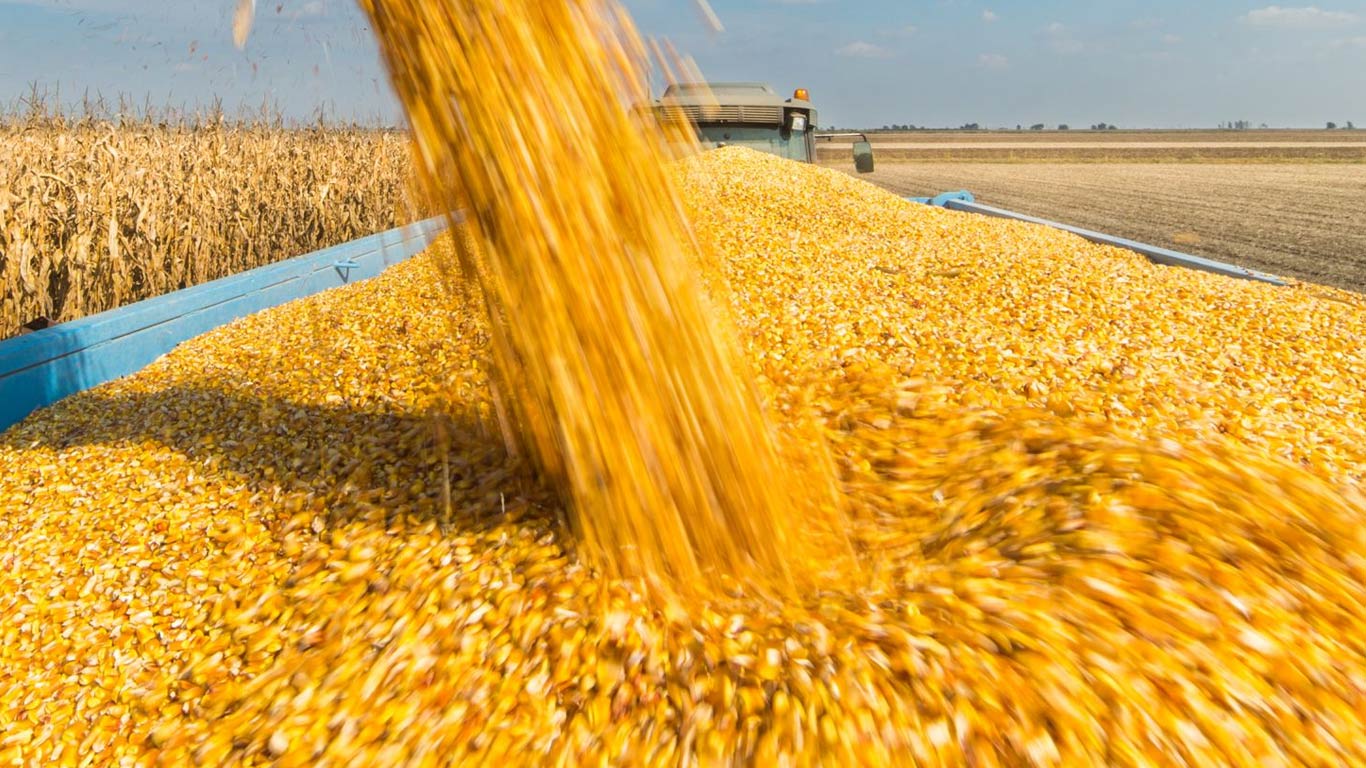Strong Domestic Demand & Higher Prices Drag Corn Exports From India
Updated: Jan 19, 2024 03:59:56pm

Strong Domestic Demand & Higher Prices Drag Corn Exports From India
New Delhi, Jan 19 (KNN) India's corn exports have witnessed a significant slowdown since December, largely attributed to soaring local prices driven by robust demand from the poultry and ethanol industries.
This surge in domestic demand has rendered Indian corn exports more expensive compared to those from competing nations, leading to a drastic decline in shipments, according to insights shared by four exporters with Reuters.
Traditionally, India exports an average of 250,000 to 300,000 metric tons of corn monthly. However, the export figures for December plummeted to around 30,000 tons, a stark contrast from the usual trend.
The primary buyers from India, including Bangladesh, Vietnam, Malaysia, Nepal, and Sri Lanka, have increasingly turned to South American countries offering corn at a considerable discount to Indian prices.
Indian corn is currently priced at approximately USD 300 per metric ton on a free-on-board (FOB) basis, while South American competitors are offering corn at around USD 230 per metric ton. As a result, Southeast Asian countries have reportedly halted their purchases from India, redirecting their business to South American suppliers.
Dealers estimate that India's 2023 corn exports fell to 2.3 million tons from 3.5 million tons in 2022.
The surge in domestic demand can be traced back to the Indian government's decision to increase the procurement price of ethanol made from corn by 8.8 per cent, reaching Rs 71.86 per litre. The government also capped ethanol production by diverting sugar.
Despite requests from the poultry industry, the largest consumer of corn, for duty-free imports to alleviate the impact of elevated prices, Trade Minister Piyush Goyal announced on Saturday that there are currently no plans to allow duty-free imports.
Traders anticipate that corn prices will remain high until September, when the next season's summer crop supplies are expected to become available.
(KNN Bureau)












